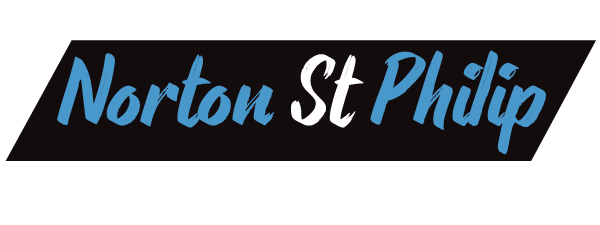In the dynamic landscape of today’s workplaces, ensuring the safety of employees is paramount. As industries evolve and technologies advance, so do the risks associated with various tasks. In this context, Work Method Statements WMS emerge as a crucial tool in securing tomorrow by proactively addressing potential hazards and promoting a culture of safety. A Work Method Statement is a comprehensive document that outlines the systematic approach to executing a particular task or job. It serves as a blueprint, detailing the steps to be taken, the potential hazards involved, and the control measures to mitigate risks. The primary purpose of WMS is to enhance workplace safety by providing clear guidelines for workers and ensuring that everyone involved in a task is aware of the associated risks and preventive measures. One of the key contributions of Work Method Statements is the identification and assessment of potential hazards. Before commencing any task, a thorough analysis is conducted to recognize potential risks, be they related to machinery, materials, or the environment.
By acknowledging these hazards upfront, organizations can implement targeted control measures to minimize the likelihood of accidents, injuries, or damage to property. Furthermore, WMS plays a pivotal role in fostering a safety-conscious culture within the workplace. When employees are equipped with detailed guidelines on how to execute tasks safely, they become more conscious of their actions and surroundings. This heightened awareness not only reduces the probability of accidents but also contributes to an overall improvement in workplace safety standards. Moreover, Safety Performance Indicators Work Method Statements are instrumental in compliance with regulatory requirements. Many industries are subject to stringent safety regulations, and failure to adhere to these standards can result in legal consequences and reputational damage. By incorporating WMS into their operations, organizations demonstrate a commitment to compliance, creating a safer work environment and avoiding potential legal complications.
The adaptability of Work Method Statements is another noteworthy aspect. As workplaces evolve and new technologies are introduced, WMS can be updated to reflect these changes. This ensures that safety protocols remain relevant and effective in the face of evolving challenges. Regular reviews and updates to WMS demonstrate a commitment to continuous improvement and the ongoing pursuit of the highest safety standards. Work Method Statements are indispensable in securing tomorrow’s workplaces. By systematically addressing potential hazards, promoting a safety-conscious culture, ensuring regulatory compliance, and adapting to changing circumstances, WMS contribute significantly to enhancing workplace safety. As organizations prioritize the well-being of their employees through the implementation of robust safety protocols, they not only mitigate risks but also lay the foundation for a secure and sustainable future. In embracing the role of Work Method Statements, businesses embark on a journey towards a safer, more resilient tomorrow.
